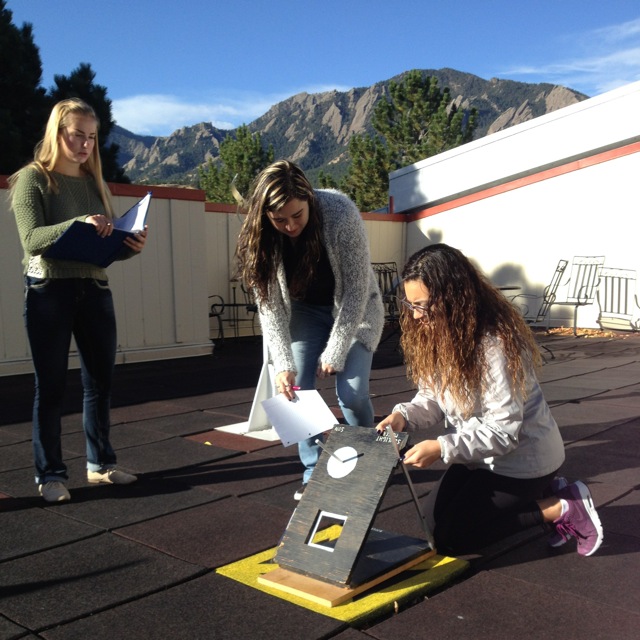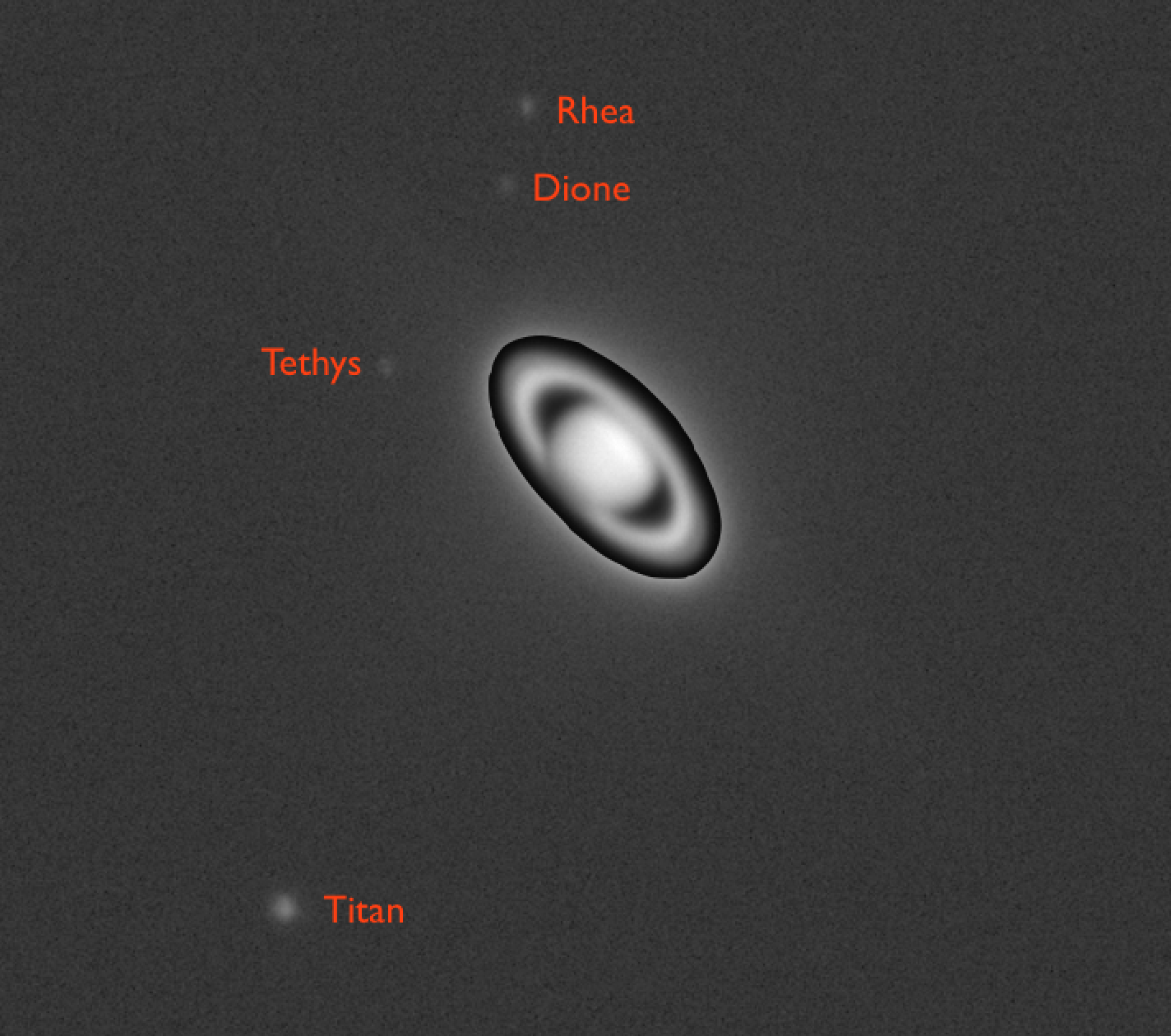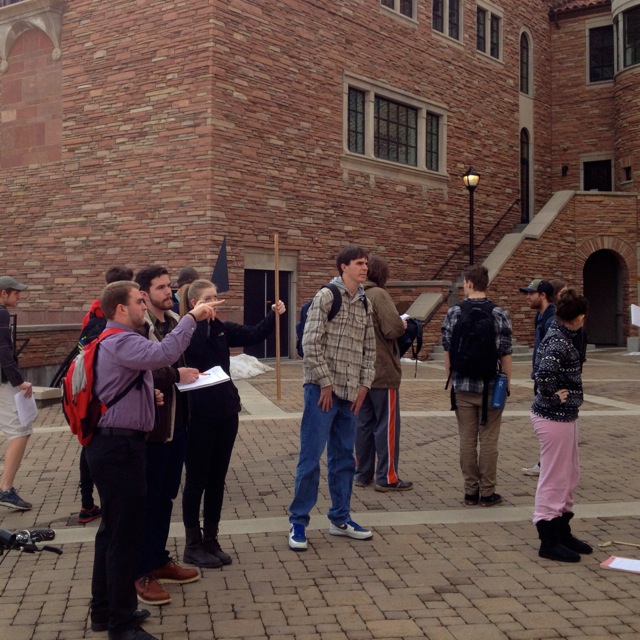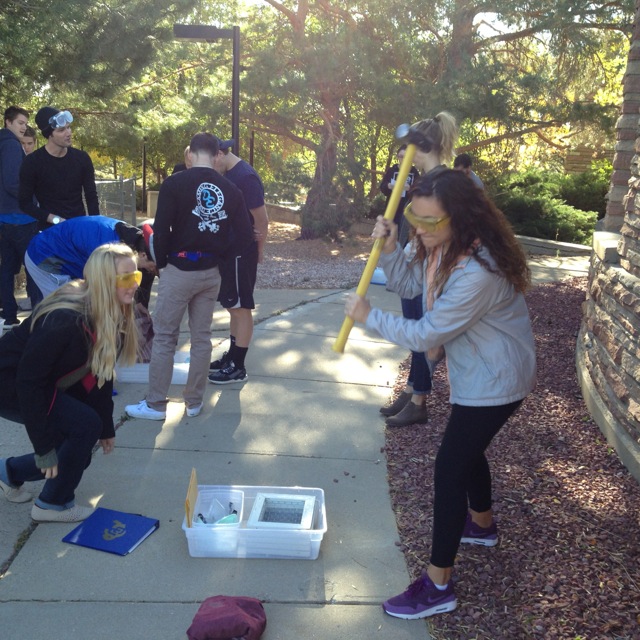I have been teaching large university lecture classes since the spring of 2012. As someone who never thought he'd enjoy teaching, it's been a pleasent and transformative surprise to see I was wrong; teaching is both a lot more challenging and a lot more rewarding than I had ever expected! My specialty is undergraduate non-majors classes which require relating the often-counter-intuitive ideas of Astrophysics, Astronomy, basic Planetary Science, and Cosmology. There's nothing better than a good demonstration, the messier and louder the better.
Astro 1000/1010 - The Solar System
Observational astronomy, the scientific method, solar system dynamics, and other phenomena. The courses are core science curriculum classes designed as the first in a sequence of astronomy classes for non-majors and stresses critical thinking skills, peer instruction, and hands-on experience in the planetarium and at the campus observatory. The Astro1010 version is a bit more intensive and involves a weekly 2-hour lab lead by graduate and undergraduate teaching assistants.
Astro 1020/1200 - Stars & Galaxies
The second half of the introductory astronomy sequence: the Sun; stellar structure, processes, and life cycle; galactic structure and dynamics; large-scale structure, cosmology, and the Big Bang. Utilized extensive peer-instruction, hands-on experience in the planetarium and at the campus observatory, independent projects. Astro1020 features a weekly, two-hour recitation lead by undergraduate learning assistants.
Astro 2010 - Modern Cosmology
Introduction to Cosmology, scientific reasoning, and the frontiers of astrophysics. Particle physics, general relativity, stellar evolution, space, time, and even a little philosophy thrown in for good measure. This is a fun class--an inversion of the typical Astro101 syllabus which presents the minimum necessary stars & galaxies content while maximizing a discussion of the evolution of the universe as a whole from the Big Bang all the way to the end of time.
 Astro1010 students measuring solar angles.
Astro1010 students measuring solar angles.
 Student-taken image of Saturn and four moons used to derive the mass and density of Saturn.
Student-taken image of Saturn and four moons used to derive the mass and density of Saturn.
 Astro1020 students determining the height of a building.
Astro1020 students determining the height of a building.
 Smashing bricks in the name of power law distributions!
Smashing bricks in the name of power law distributions!